The Future of Post-Human Etiology: Towards a New Theory of Cause and Effect. Volume 1
Is the traditional understanding of cause and effect in etiology so certain that Arthur Eddington therefore proposed in 1927 “the arrow of time, or time's arrow” involving “the 'one-way direction' or 'asymmetry' of time,” such that “a cause precedes its effect: the causal event occurs before the event it affects….Thus causality is intimately bound up with time's arrow”? (WK 2014) This certain view on cause and effect can be contrasted with an opposing view by Michael Dummett, who suggested instead, back in 1957, that “there was no philosophical objection to effects preceding their causes,” or what is now known as “retrocausality.” (WK 2014a) Contrary to these opposing views (and other ones as will be discussed in the book), etiology (in relation to cause and effect) are neither possible (or impossible) nor desirable (or undesirable) to the extent that the respective ideologues (on different sides) would like us to believe. Of course, this questioning of different opposing views on cause and effect does not mean that the study of etiology is useless, or that those diverse fields (related to etiology)—like physics, engineering, biology, philosophy, medicine, epidemiology, government, geography, spatial analysis, psychology, statistics, mathematics, economics, management, history, law, sociology, theology, and so on—are worthless. (WK 2014b & 2014c) In fact, neither of these extreme views is plausible. Rather, this book offers an alternative (better) way to understand the future of etiology in regard to the dialectic relationship between cause and effect—while learning from different approaches in the literature but without favoring any one of them (nor integrating them, since they are not necessarily compatible with each other). More specifically, this book offers a new theory (that is, the pluralist theory of etiology) to go beyond the existing approaches in a novel way, and is organized in four chapters.
{{comment.content}}
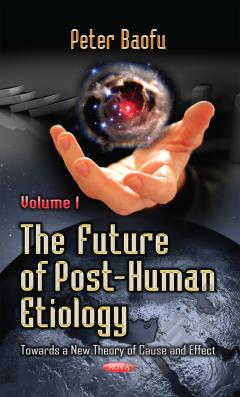
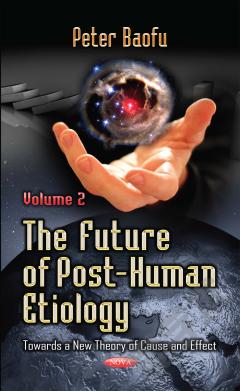
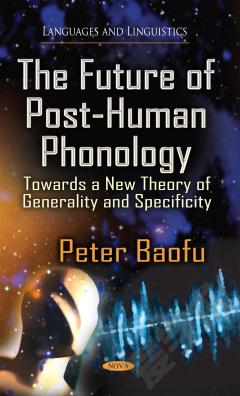

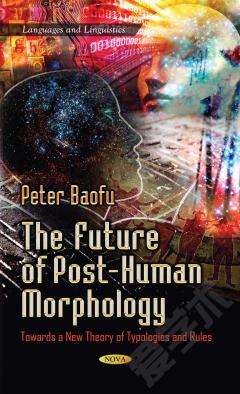
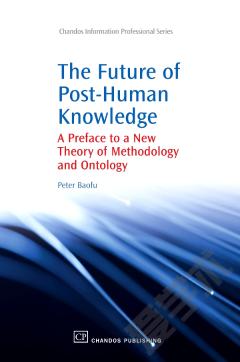
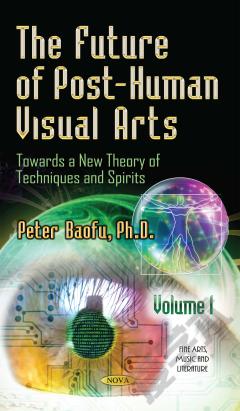

 京公网安备 11010802027623号
京公网安备 11010802027623号